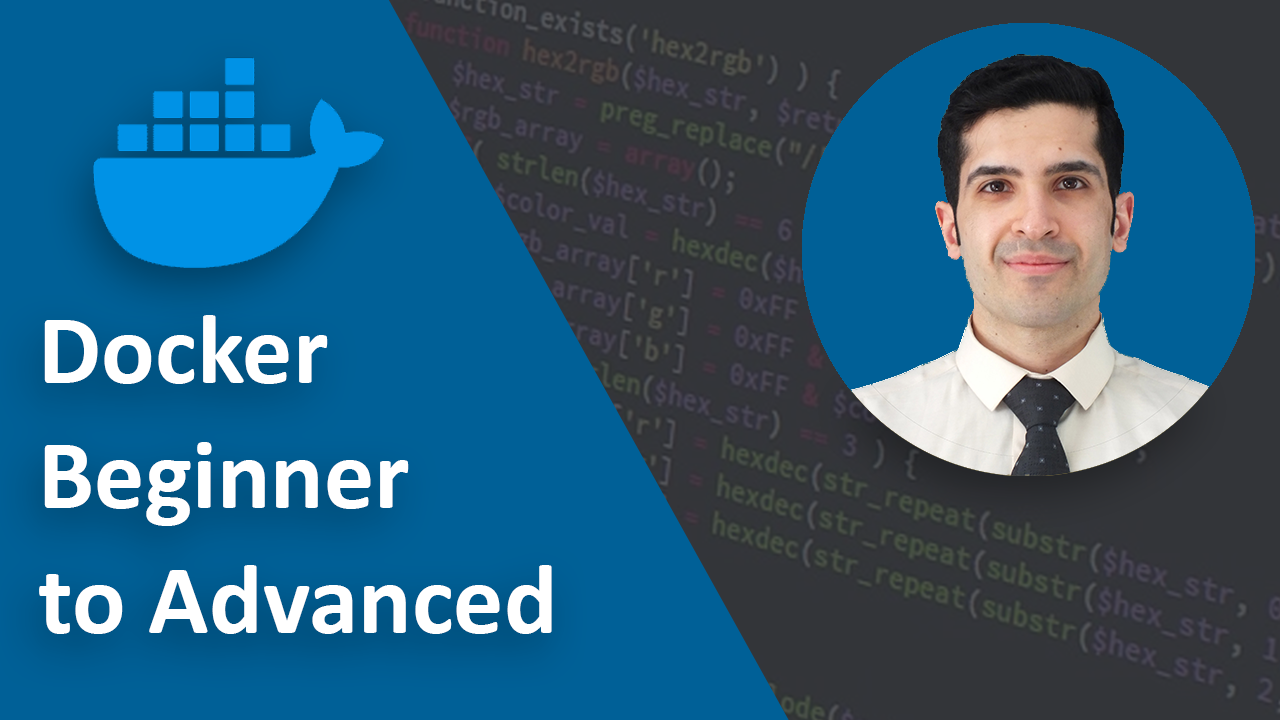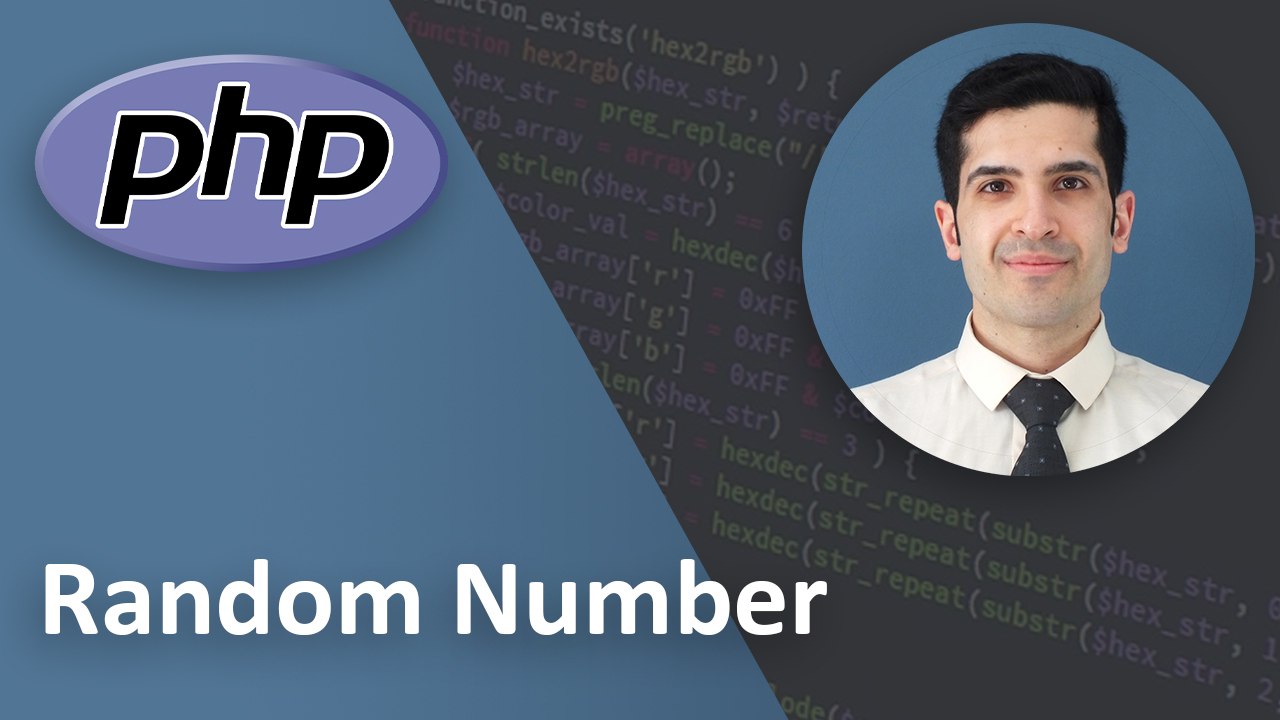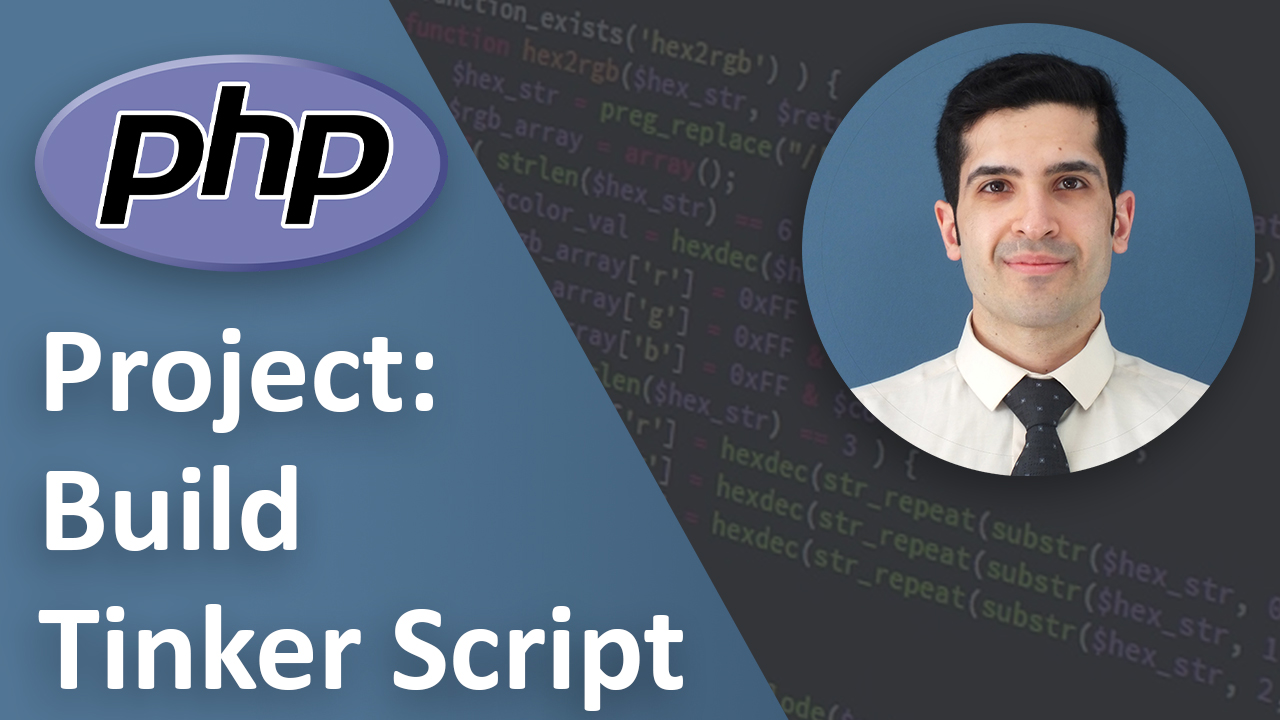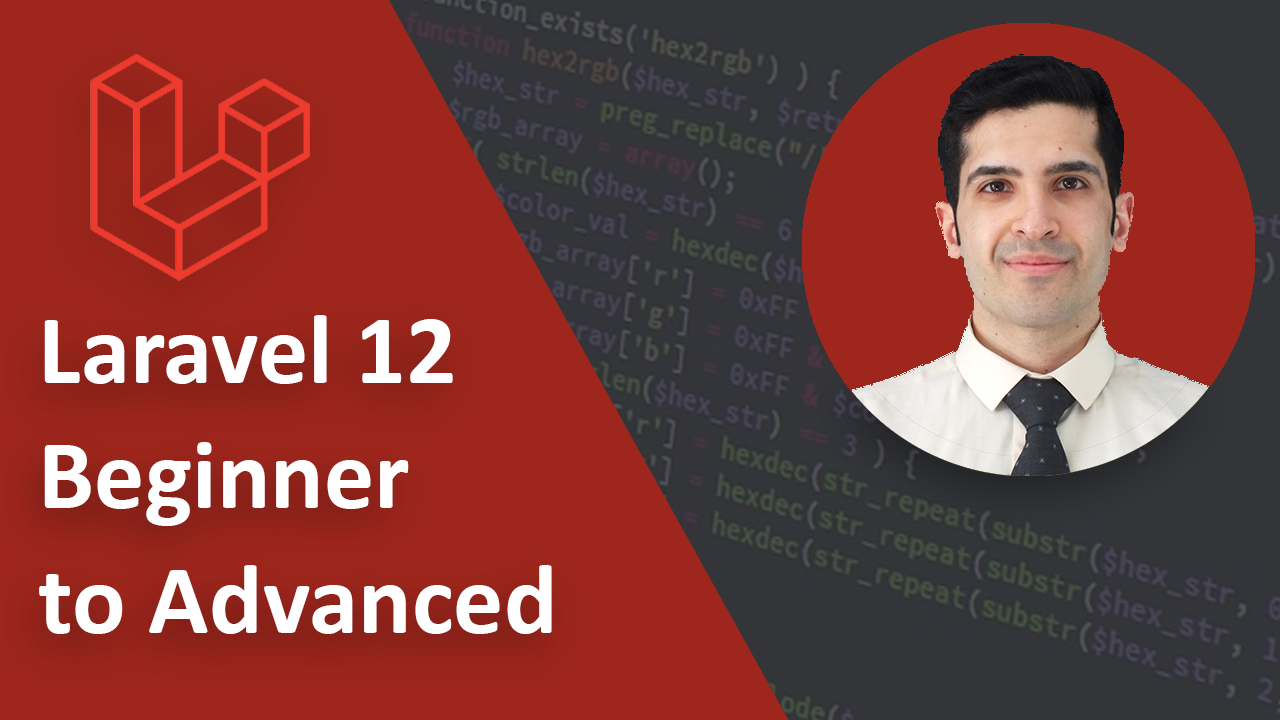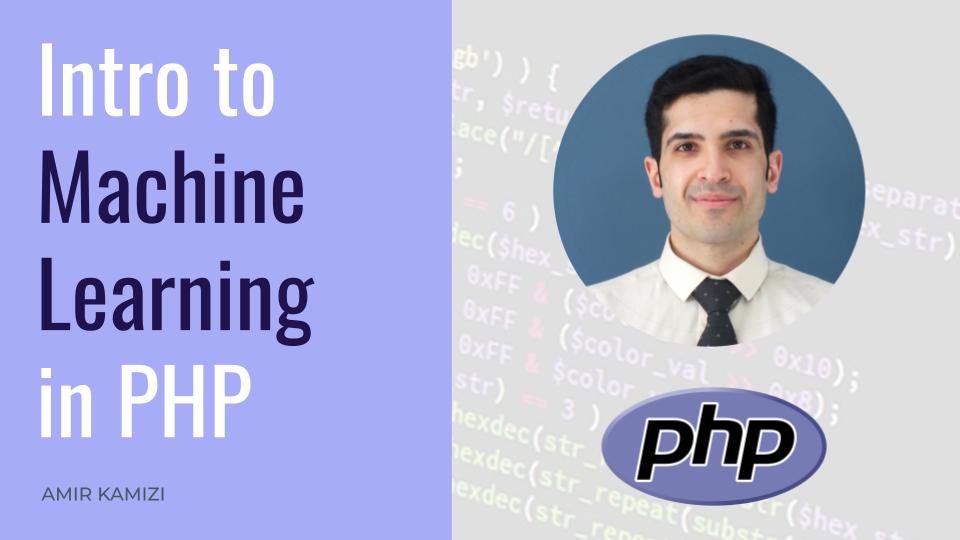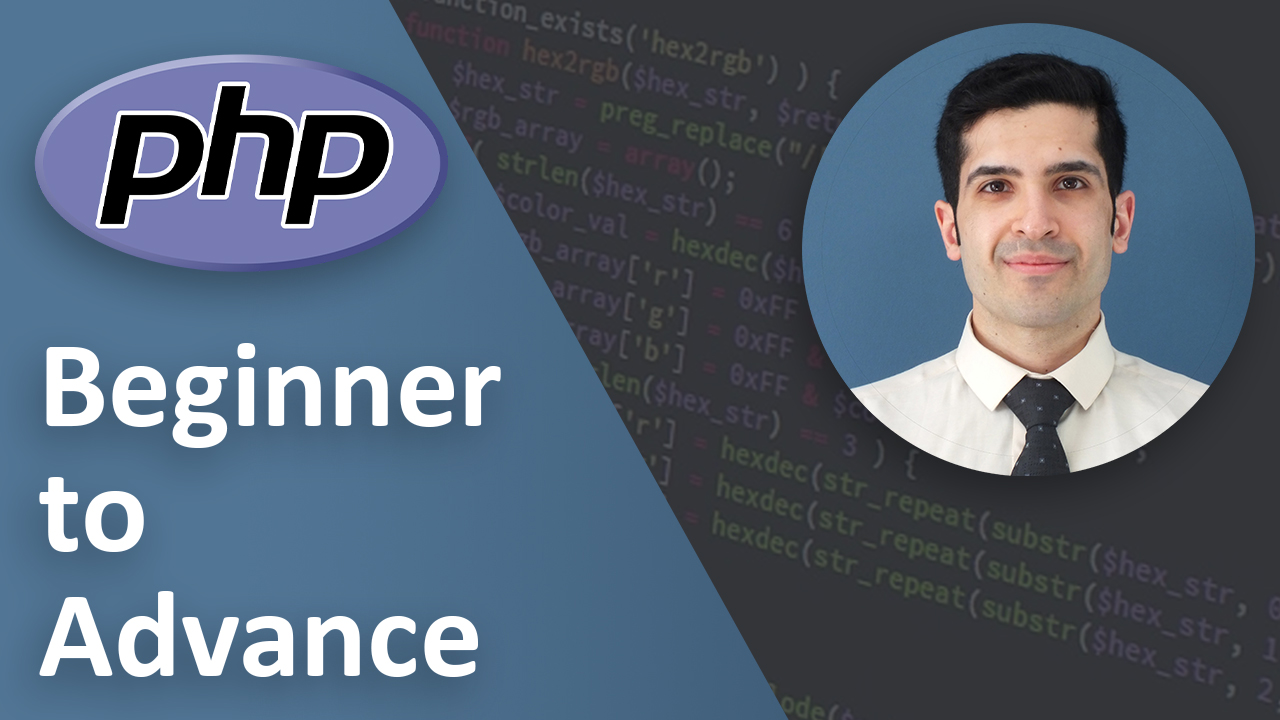Docker Beginner to Advanced 2025: The Complete Guide for Developers
Last Updated on Jul 18, 2025
- Introduction
- What Is Docker and Why It Matters in 2025
- Core Docker Components Explained
- Installing Docker in 2025
- Windows 11 Pro and Home
- macOS (Intel and M1/M2 Chips)
- Linux (Ubuntu/Debian Example)
- Verifying Installation
- First Steps with Docker Commands
- Building Custom Docker Images
- Working with Docker Volumes for Persistent Storage
- Docker Networking: Connecting Containers
- Docker Compose: Multi-Container Applications
- Managing Databases with Docker
- Advanced Dockerfile Optimizations
- Deploying Docker on VPS and Cloud Environments
- Managed Container Hosting Platforms
- Integrating Docker with CI/CD Pipelines (GitHub Actions Example)
- Monitoring and Troubleshooting Docker Containers
- Security Considerations for Docker in Production
- Best Practices and Real-World Tips
- Common Docker Mistakes and How to Avoid Them
- Frequently Asked Questions (FAQ)
- Conclusion
- Key Takeaways
Introduction
Containers have transformed the way we develop, deploy, and scale applications. Docker leads the charge, offering a developer-friendly platform to create consistent, portable environments from development to production.
If you’ve felt overwhelmed trying to figure out how Docker, Docker Compose, Dockerfiles, images, and networks all fit together — you’re not alone.
That’s why I put together this detailed, no-fluff guide. It’s structured for beginners but scales up to advanced deployment and DevOps workflows.
By the end of this post, you’ll know how to:
- Install and configure Docker on Windows, macOS, and Linux.
- Understand core Docker concepts like containers, images, volumes, and networks.
- Build custom Docker images for Python, PHP, and web apps.
- Connect containers to databases like PostgreSQL, MySQL, and Redis.
- Use Docker Compose for multi-container orchestration.
- Optimize Dockerfiles with best practices and security considerations.
- Deploy Docker containers on VPS or cloud hosting.
- Integrate Docker into CI/CD pipelines using GitHub Actions.
- Monitor, troubleshoot, and manage Docker in production environments.
What Is Docker and Why It Matters in 2025
Quick Definition: Docker is an open-source platform that packages applications and their dependencies into containers — isolated environments that run consistently across development, testing, and production.
Why You Should Care:
- Avoid "It Works on My Machine" Problems: Docker ensures the same environment everywhere.
- Faster Onboarding: New team members can spin up dev environments quickly.
- Microservices Ready: Perfect for building modular, scalable applications.
- Cloud-Native Friendly: Works seamlessly with Kubernetes, AWS, and other modern platforms.
Core Docker Components Explained
Before diving into code, it’s essential to grasp Docker’s building blocks:
1. Docker Images
- Immutable templates used to create containers.
- Example:
python:3.12-slimis a pre-built image with Python installed. - Docker images are like blueprints; they define everything needed to run an application, including the operating system layer, runtime, libraries, and application code.
2. Docker Containers
- Running instances of images.
- Lightweight, portable, and isolated.
- Multiple containers can run from the same image at once, each in its own isolated environment.
3. Dockerfile
- A script that defines how to build an image.
- Includes commands like
FROM,COPY,RUN, andCMD. - Example optimizations are covered below.
4. Docker Compose
- A tool for managing multi-container applications.
- Uses
docker-compose.ymlfiles. - Handles service dependencies and networks automatically.
5. Volumes
-
Persistent storage outside the container’s lifecycle.
-
Keeps databases and files intact even when containers are destroyed.
-
Named Volumes vs. Bind Mounts:
- Named volumes are managed by Docker, ideal for persistent app data.
- Bind mounts map a host directory directly into a container, useful for local development.
6. Networks
- Allow containers to communicate with each other securely and efficiently.
- In user-defined bridge networks, containers can access each other using service names.
- In the default bridge network, containers can only communicate via IP addresses by default.
Installing Docker in 2025
Windows 11 Pro and Home
- Download Docker Desktop for Windows.
- Requirements: WSL 2 backend recommended.
Installation Steps:
wsl --install
- Install Docker Desktop.
- Make sure Docker Desktop is running and configured to use WSL2.
macOS (Intel and M1/M2 Chips)
- Download Docker Desktop for Mac.
- Or install using Homebrew:
brew install --cask docker
Linux (Ubuntu/Debian Example)
sudo apt update
sudo apt install ca-certificates curl gnupg
sudo install -m 0755 -d /etc/apt/keyrings
curl -fsSL https://download.docker.com/linux/ubuntu/gpg | sudo gpg --dearmor -o /etc/apt/keyrings/docker.gpg
echo \
"deb [arch=$(dpkg --print-architecture) signed-by=/etc/apt/keyrings/docker.gpg] https://download.docker.com/linux/ubuntu \
$(lsb_release -cs) stable" | \
sudo tee /etc/apt/sources.list.d/docker.list > /dev/null
sudo apt update
sudo apt install docker-ce docker-ce-cli containerd.io docker-buildx-plugin docker-compose-plugin
Post-Installation Step for Linux:
Allow running Docker without sudo:
sudo usermod -aG docker $USER
newgrp docker
Verifying Installation
docker --version
docker compose version
First Steps with Docker Commands
Here’s a cheat sheet to get you started:
- Pull an Image:
docker pull nginx
- Run a Container:
docker run -p 80:80 nginx
- List Running Containers:
docker ps
- Stop a Container:
docker stop <container_id>
- Remove Containers:
docker rm <container_id>
Building Custom Docker Images
Example 1: Python Flask Application
Directory Structure
my-python-app/
├── app.py
├── requirements.txt
├── Dockerfile
Dockerfile
FROM python:3.12-slim
WORKDIR /app
COPY requirements.txt .
RUN pip install --no-cache-dir -r requirements.txt
COPY . .
CMD ["python", "app.py"]
Building and Running
docker build -t my-python-flask-app .
docker run -p 5000:5000 my-python-flask-app
Example 2: PHP Laravel + MySQL
Laravel Setup with Docker
You don’t need to install Laravel locally. Here’s a full containerized setup example:
FROM php:8.3-fpm
WORKDIR /var/www
RUN apt-get update && apt-get install -y \
libpng-dev \
libonig-dev \
libxml2-dev \
zip \
unzip \
&& docker-php-ext-install pdo_mysql mbstring exif pcntl bcmath gd \
&& rm -rf /var/lib/apt/lists/*
COPY . .
CMD ["php-fpm"]
Use Docker Compose to link Laravel with MySQL (explained below).
Working with Docker Volumes for Persistent Storage
Why Volumes Matter
Without volumes, deleting a container deletes all its data.
Creating Volumes
docker volume create my-volume
Using Volumes in Docker Compose
volumes:
db_data:
Named volumes persist data managed by Docker. For development, bind mounts allow syncing files between your host and container.
Docker Networking: Connecting Containers
- Default Bridge Network: Limited service discovery. Use for simple setups.
- User-Defined Bridge Networks: Automatically resolves container names as hostnames.
- Host Network: Shares the host network (advanced use cases only).
Example:
docker network create my-custom-network
docker run --network=my-custom-network ...
Containers on the same network can access each other by service name.
Docker Compose: Multi-Container Applications
Sample docker-compose.yml for Python + PostgreSQL
version: '3.8'
services:
web:
build: .
ports:
- "5000:5000"
depends_on:
- db
environment:
DATABASE_URL: postgres://user:password@db:5432/mydatabase
db:
image: postgres:16
volumes:
- db_data:/var/lib/postgresql/data
environment:
POSTGRES_USER: user
POSTGRES_PASSWORD: password
POSTGRES_DB: mydatabase
volumes:
db_data:
Managing Databases with Docker
Running MySQL Container
docker run --name mysql-container -e MYSQL_ROOT_PASSWORD=password -d mysql:8.0
Running Redis Container
docker run --name redis-container -d redis
Connecting Applications
Use Docker Compose networks and environment variables for service discovery.
Advanced Dockerfile Optimizations
- Multi-Stage Builds
- Minimize Layers
- Leverage Cache Efficiently
Example of Cache-Efficient Layer:
COPY requirements.txt .
RUN pip install --no-cache-dir -r requirements.txt
COPY . .
Security Hardening
- Drop root privileges using
USERdirective. - Use non-root users.
- Keep base images up-to-date.
- Avoid adding unnecessary packages.
Example Security Dockerfile Snippet:
FROM node:20-slim
RUN addgroup app && adduser --ingroup app --disabled-password app
USER app
Deploying Docker on VPS and Cloud Environments
VPS Providers
- DigitalOcean
- Vultr
- Hetzner
- Linode
Basic Deployment Steps
- SSH into VPS.
- Install Docker.
- Upload files via SCP or Git.
- Run
docker compose up -d.
Using CI/CD for VPS Deployment
Automate deployments using GitHub Actions and SSH deploy keys.
Managed Container Hosting Platforms
Shared hosting typically doesn’t support Docker. Instead, look for:
- Render
- Railway
- Heroku (with Dockerfile support)
These platforms offer managed Docker hosting environments.
Integrating Docker with CI/CD Pipelines (GitHub Actions Example)
name: CI/CD Pipeline
on:
push:
branches:
- main
jobs:
build-deploy:
runs-on: ubuntu-latest
steps:
- uses: actions/checkout@v3
- name: Login to DockerHub
run: echo "${{ secrets.DOCKER_PASSWORD }}" | docker login -u "${{ secrets.DOCKER_USERNAME }}" --password-stdin
- name: Build Docker Image
run: docker build -t my-app .
- name: Deploy to VPS via SSH
uses: appleboy/ssh-action@v1.0.0
with:
host: ${{ secrets.VPS_HOST }}
username: ${{ secrets.VPS_USER }}
key: ${{ secrets.SSH_KEY }}
script: |
cd /path/to/app
git pull
docker compose down
docker compose up -d --build
Monitoring and Troubleshooting Docker Containers
docker logs <container_id>docker stats- Prometheus + Grafana: Advanced monitoring.
- ELK Stack (Elasticsearch, Logstash, Kibana): Centralized logging.
Security Considerations for Docker in Production
- Use official images.
- Regularly update images.
- Limit container privileges using
USER. - Avoid exposing unnecessary ports.
- Enable Docker Content Trust (DCT).
Best Practices and Real-World Tips
- Always pin image versions (avoid using
latest). - Use
.dockerignoreto reduce context size. - Split services logically into multiple containers.
- Automate everything: builds, deployments, monitoring.
Common Docker Mistakes and How to Avoid Them
- Ignoring persistent storage (losing data).
- Using default bridge networks in production.
- Building unnecessarily large images.
- Running containers as root.
- Not cleaning up unused containers/images:
docker system prune
Frequently Asked Questions (FAQ)
Q: Can I use Docker for desktop apps? A: Not easily. Docker is best suited for web applications, APIs, and backend services.
Q: Do I need Kubernetes if I use Docker? A: Not necessarily. For small to medium projects, Docker Compose might be sufficient.
Q: How do I reduce Docker image size? A: Use slim base images, multi-stage builds, and clean up caches in your Dockerfile.
Conclusion
Mastering Docker in 2025 means understanding not just how to run containers, but how to build robust, scalable, and secure containerized applications from scratch.
From your first docker run to deploying full stacks with Docker Compose and CI/CD pipelines, this guide is structured to be your all-in-one reference.
If there’s anything you’d like to see added — like specific Kubernetes integration, service meshes, or serverless Docker deployment — let me know!
Key Takeaways
- Docker ensures environment consistency from local development to production.
- Building custom images and using Docker Compose simplifies multi-container apps.
- Persistent storage, security, and monitoring are critical for production readiness.
- VPS and cloud environments are ideal for Docker deployment — shared hosting is limited.
- Integrating Docker with CI/CD enhances automation and reliability.
- Avoid common pitfalls by following best practices and regularly updating images.
